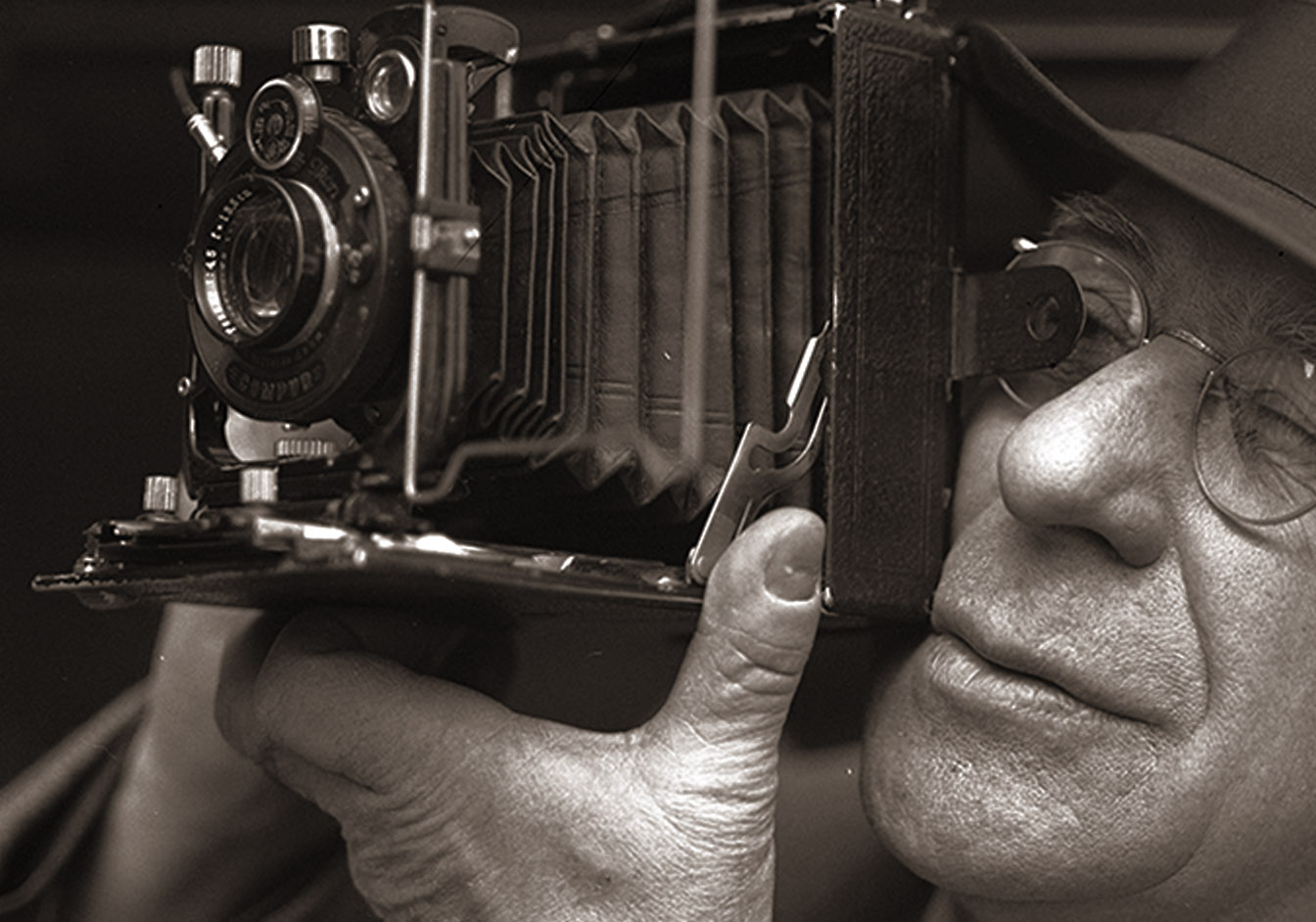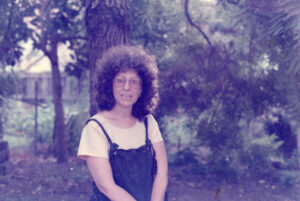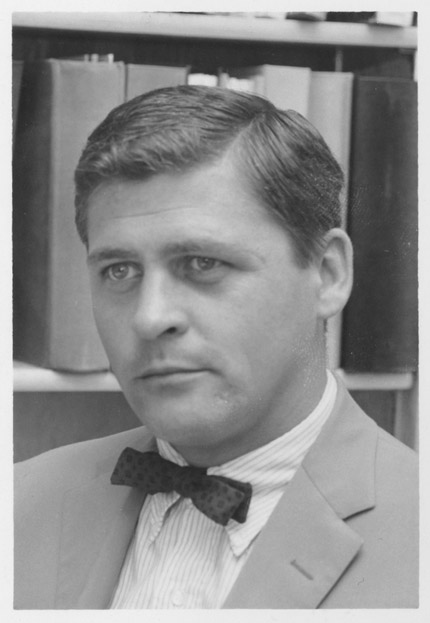Philip E. Zanfagna Papers
The physician Philip E. Zanfagna was a prominent early opponent of fluoridation of the public water supply. Born in Lawrence, Mass., in January 1909, Zanfagna earned his MD at Boston University and spent the bulk of his professional career as a specialist in allergic diseases at Lawrence General Hospital. Placed in command of a military hospital in Tennessee during the Second World War, he became immersed in pharmaceuticals research, through which he became aware of the health effects of fluoride. Over the next three decades, he emerged as a prominent opponent of fluoridation of the public water supply and of the suppression of debate over the topic within the scientific community. He published widely on the topic during the 1960s and 1970s and was recognized as an important antifluoridation activist, becoming a founder and first president of the International Society for Fluoride Research and a leading figure in the Massachusetts Citizens Rights Association. Zanfagna died in June 1982 at the age of 73.
A small but interesting collection, the Zanfagna papers contain a small quantity of correspondence relating to antifluoridation activism and research, 1969-1972; a set of audiotapes of the Frankfurt Conference of the International Society for Fluoridation Research, October 1967; and a handful of research reports of fluoride toxicity. The collection also includes a paperback copy of Zanfagna’s best known book (co-authored with Gladys Caldwell), Fluoridation and Truth Decay (1974).





